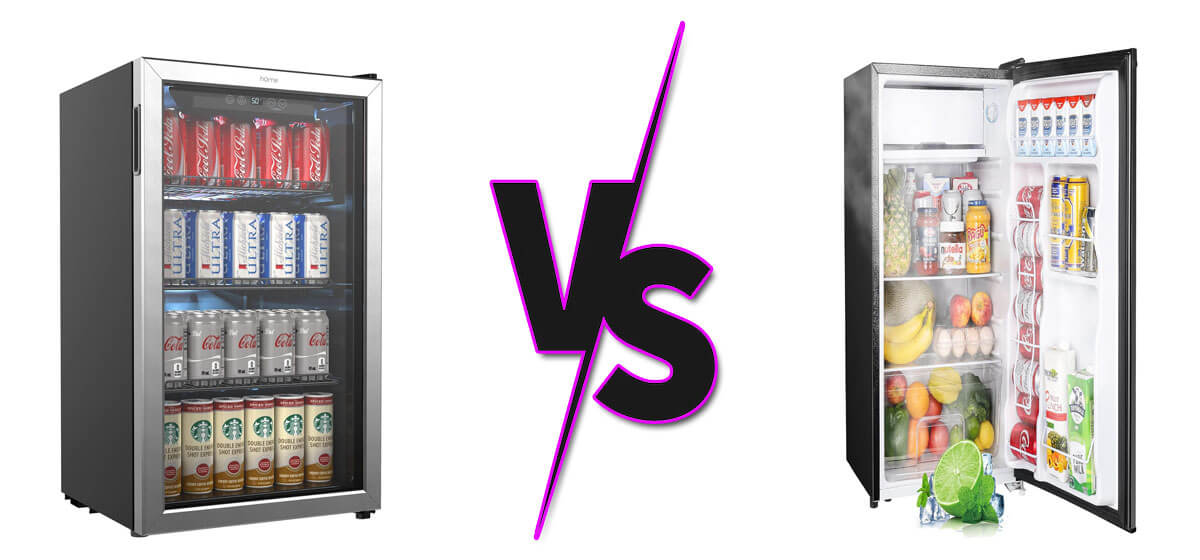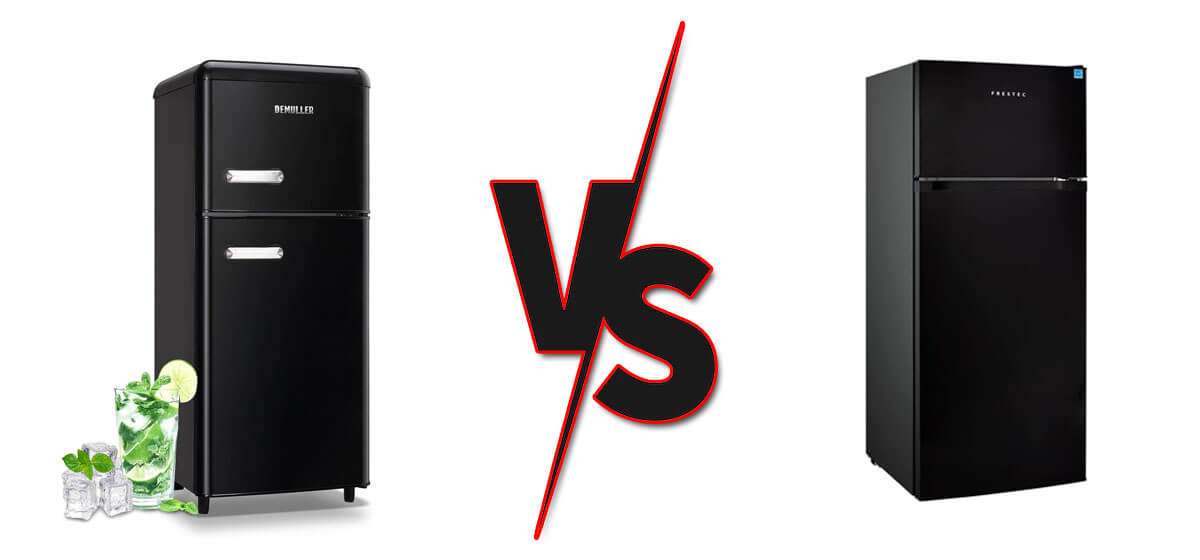How much refrigerant in a 5 ton unit?
As an Amazon Associate I earn from qualifying purchases.
Do you have a 5-ton unit in your home or office building that requires maintenance and care? Finding the right amount of refrigerant to keep it running correctly can be tricky.
Here, we’ll discuss all aspects of how much refrigerant goes into units like these, from types of refrigerants to safety concerns and necessary precautions.
You’ll be able to determine the appropriate amount for your appliance and keep it running smoothly for many years to come with the aid of this knowledge.
Understanding Refrigerant and Its Types
A substance called refrigerant is used in refrigeration and air conditioning systems to transfer heat. It works by absorbing the warm air inside of the unit, cooling it, and then releasing it back into the environment. There are two main types of refrigerants that can be used in 5-ton units: CFCs (chlorofluorocarbons) and HFCs (hydrofluorocarbons).
CFCs were the first type of refrigerants used in home and office air conditioning systems. They are cheap, efficient, and readily available. Unfortunately, they have been shown to be extremely harmful to the ozone layer and are no longer used in many nations. HFCs are a more recent kind of refrigerant that are less hazardous to the environment because they don’t contain chlorine or bromine. They are more expensive than CFCs but also much more efficient and energy-saving.
Calculating Tonnage Using the Refrigeration Tonnage Chart
The amount of refrigerant needed for a 5-ton unit is determined by the tonnage rating of the system. The refrigeration tonnage chart, which displays the necessary amounts for various types and sizes of units, contains the tonnage rating. This chart can be found online or in any HVAC reference book.
Once you have located the tonnage rating for your unit, you can determine how much refrigerant to buy. The general rule is that each ton of cooling capacity requires 1lb of R-22 refrigerant (the most common type used) and 1.5 lbs of any other type (such as R-410A or R-407C). For example, a 5-ton unit would require 5 lbs of R-22 and 7.5 lbs of any other type.
Calculating the Amount of Refrigerant for a 5-ton Unit
Now that you know what type of refrigerant to use and how much is needed, it’s time to calculate the specific amounts for your 5-ton unit. The simplest way to do this is by using a refrigerant charge calculator, which can be found online or in any HVAC reference book. To calculate the precise amount required for your case, this calculator will consider variables including the unit’s size, efficiency, and refrigerant type.
For example, if you have a 5-ton unit that uses R-410A refrigerant, the calculator will tell you that it requires 7.5 lbs of this type of refrigerant. This is the same amount that was determined using the refrigeration tonnage chart.
The Basics of Refrigerant Charging
Once you have determined the amount of refrigerant needed for your 5-ton unit, it’s important to understand how to properly charge the system. Refrigerant charging involves connecting a charged cylinder of refrigerant to the unit and adding or removing the amount necessary for optimal performance. This process must be done carefully and precisely, as overcharging can cause the unit to become inefficient and unsafe.
Make sure you have all the required tools and protective gear, such as gloves, goggles, and a face mask, before beginning the charging procedure. Once everything is in place, open the valve on the refrigerant cylinder and slowly add or remove the refrigerant until it reaches its proper level. While doing this, it’s critical to pay great attention to the pressure gauge because either an overcharge or an undercharge could result in issues.
Leak Detection and Proper Refrigerant Leak Repair
Leak detection is a crucial component of refrigerant charging. Refrigerant lines, valves, and other parts of the appliance may leak. Leaks must be found and fixed as soon as feasible in order to ensure optimal performance. The simplest approach to do this is to use a pressure gauge or leak detector to track down any changes in your system’s pressure. If a leak is detected, it must be repaired before any additional refrigerant can be added.
Last but not least, it’s imperative to take all necessary safety measures when handling refrigerants. Wear protective gear at all times and avoid breathing in fumes or touching any exposed surfaces. Additionally, always make sure you dispose of any unused refrigerant properly to avoid any environmental damage.
You can make sure your 5-ton unit operates effectively and safely for many years by adhering to these recommendations. With the right understanding of how much refrigerant is needed and how it should be charged and maintained, you’ll have no problem keeping your unit cooled off and running optimally.
Read More: How to keep rv refrigerator door closed while traveling?
Best Practices for Maintaining Your A/C System’s Efficiency with Regular Maintenance Checks
Remembering that regular maintenance checks are essential for ensuring your A/C system’s efficiency is also important. This includes checking the refrigerant levels regularly and making sure all components are working correctly.Keep an eye out for any damage or leaks as well, as these could lead to significant problems with your device if not addressed.
Finally, when it comes time to replace any components or the entire unit itself, always make sure to use certified parts and technicians for the job. This will ensure that your new system meets requirements and offers the best cooling performance. With regular maintenance checks and proper installation techniques, you can trust that your 5-ton unit will provide reliable cooling throughout the years.
Conclusion
In conclusion, it’s crucial to understand how to correctly charge, maintain, and know how much refrigerant is needed in a 5-ton unit. By using the tonnage chart or a refrigerant calculator, you can quickly and accurately determine the amount of refrigerant needed.Furthermore, it’s imperative to remember that efficient leak detection and repair techniques are required for ensuring top performance. Your A/C system will keep you cool and comfortable for many years to come with the appropriate understanding and upkeep practices.
Safety should always come first while working with refrigerants. Make sure to wear protective gear at all times and dispose of any unused refrigerant properly. You can rely on your A/C system to perform at its peak and keep you comfortable for many years if you adhere to these recommendations.
Amazon and the Amazon logo are trademarks of Amazon.com, Inc, or its affiliates.




